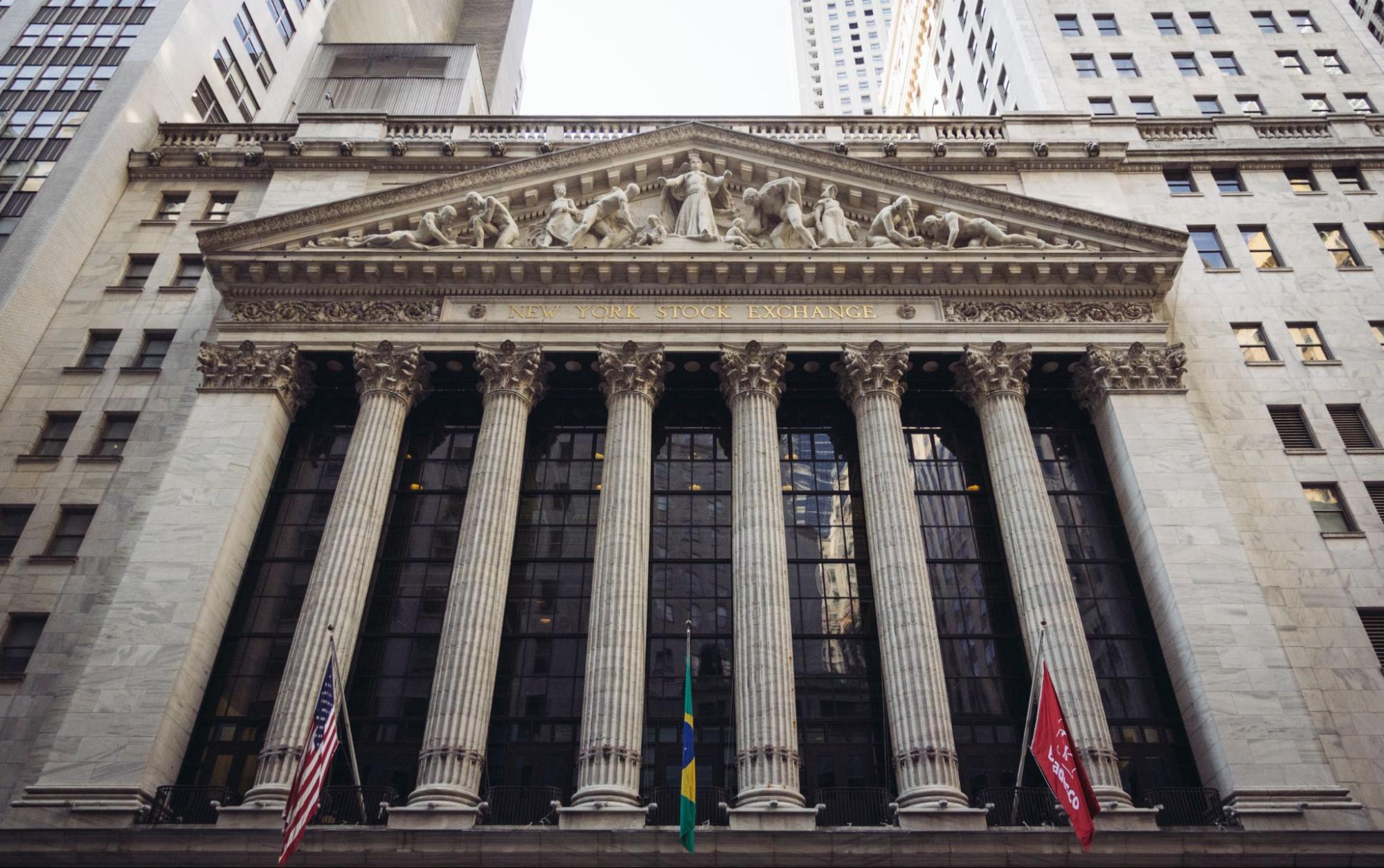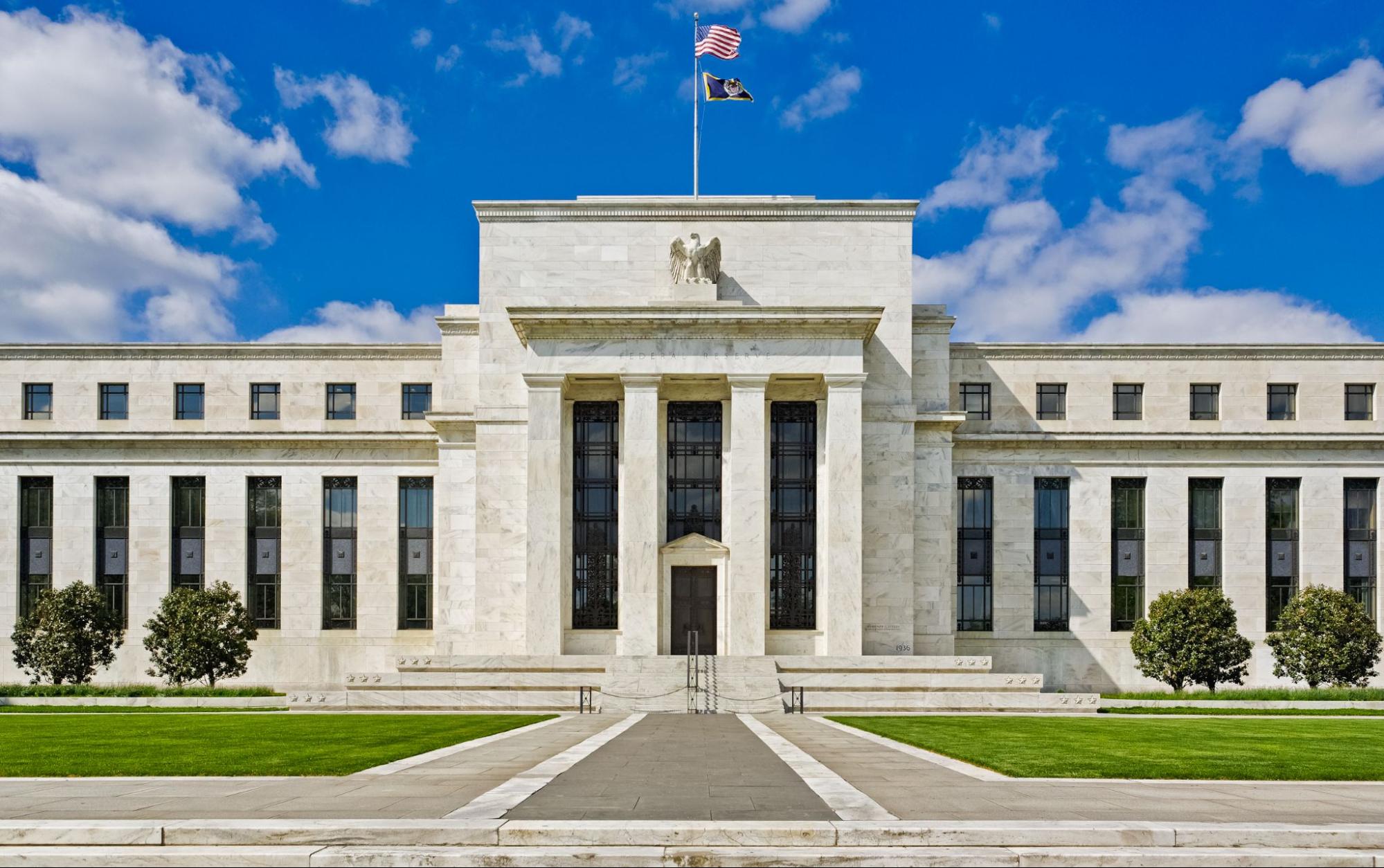What happens after the Merge?

Ethereum is now a Proof-of-Stake blockchain. We’re explaining everything you need to know. [Bloomberg via Getty Images.]
Before we begin this week, a quick programming note: Bytes will be off next week, but back in your inboxes the following week. Now back to business. Here’s what you need to know this week:
The Merge upgraded Ethereum’s efficiency and economics. We’re breaking down the short- and long-term impacts of ETH’s transition to Proof-of-Stake.
Noteworthy numbers. Dogecoin passed ETH by one key metric, and other stats to know this week.
The latest Coinbase updates. A new feature lets you see what U.S. congressional leaders think about crypto, and more updates from Coinbase.
STAKIN’ IT TO THE STREETS
The Ethereum Merge succeeded. What happens next?
Like an incredibly high stakes iOS update for the crypto industry, the long-awaited Ethereum Merge — an upgrade seven years in the making — successfully overhauled the second-biggest cryptocurrency’s blockchain last Thursday. Now Ethereum, which powers a $30-billion universe of DeFi apps and exchanges, has transitioned from energy-intensive Proof-of-Work (PoW) mining to a 99.95% more efficient Proof-of-Stake (PoS) system to verify transactions. So, what were the immediate impacts of the Merge and what can we expect next for Ethereum? Let’s dig in.
The Merge was a success, but Bitcoin and Ethereum slumped roughly 5% and 15% since the upgrade. Why?
For starters, some analysts claimed that Merge enthusiasm had already been “priced-in” after the top two cryptocurrencies each rallied more than 10% in early September in anticipation of the event — the same logic that led some sell-the-news traders to short ETH in derivatives markets.
Meanwhile, markets have been skittish this week in the leadup to the Fed’s latest interest-rate hike decision after August’s worse-than-expected inflation report. On top of that, recent developments from the White House, Treasury and SEC are fueling regulatory anxieties.
The Merge reduced worldwide electricity usage by 0.2%, per one estimate shared by Ethereum co-creator Vitalik Buterin.
No longer relying on the energy-intensive PoW system pioneered by Bitcoin, Ethereum now secures its network and verifies transactions via “staking” (hence, Proof-of-Stake) or users locking ETH into the blockchain in return for percentage-rate rewards.
Researcher Justin Drake estimated that prior to the Merge, ETH’s PoW mining accounted for 0.34% of global electricity consumption and that the 0.2% reduction reflects that the majority of ETH mining GPUs are shutting down after finding the migration to other PoW chains unprofitable.
Ethereum could become a “deflationary asset” over time, which might make ETH more attractive as a store of wealth.
Another upgraded efficiency for Ethereum involves a 90% reduction in the amount of new ETH issued daily to validators for staking and keeping the blockchain secure. Previously, miners required more ETH to justify higher energy outputs.
That change, coupled with last year’s EIP-1559 upgrade — which permanently removes, or “burns,” a small amount of ETH for every transaction — means Ethereum’s supply has already decelerated and should eventually decrease. ($8.5 billion of ETH has been burned so far.)
In theory, reducing supply should cause prices to rise, assuming demand is constant.
Ethereum’s forthcoming “Shanghai” upgrade is expected to enable users to finally withdraw staked ETH sometime next year.
Right now, $21 billion of ETH is staked and locked into the network until Ethereum’s developers add a withdrawal feature for people to claim their ETH plus any staking rewards. While “liquid staking” assets like stETH or cbETH currently enable more experienced crypto traders to trade derivative tokens based on their staked ETH, direct withdrawals for staked ETH aren’t yet possible.
Shanghai’s additional features are still being debated by Ethereum’s core developers. As one of them told Decrypt, “top priorities differ by person. Everyone has a different list.”
Why it matters… With the Merge now in the rearview, next year’s Shanghai upgrade is a reminder of Ethereum’s years-long and impressively detailed roadmap, which involves an eclectic mix of rhyming phases and sci-fi sounding scalability upgrades, including the wildly named “proto-danksharding”(!). Before the Merge, Vitalik Buterin said he considered “Ethereum to be 40% complete” — so how much closer to completion does he consider his invention now? We’ll ask him the next time we talk to him.
NUMBERS TO KNOW
$160 million
The amount of money lost by crypto market maker Wintermute from a hack targeting its decentralized finance operation, according to the company’s CEO, who said the attack doesn’t threaten the firm’s solvency. A report from blockchain analysis firm Chainalysis last month estimated that roughly $1.9 billion worth of digital tokens has been stolen in hacks during the first seven months of 2022. (Brush up on crypto security tips.)
$10 million
Approximate sum that a Super PAC backed by major crypto players says it spent on congressional primary races ahead of this year’s U.S. midterm elections. The PAC, known as GMI (popular crypto slang for “Gonna Make It”) aims to elect politicians who are supportive of technology innovation — particularly as it relates to crypto — and has funded both Republican and Democratic candidates this cycle.
301
The number of bitcoins purchased by MicroStrategy, the largest corporate buyer of BTC. The roughly $6 million in BTC recently acquired by the firm was notable for being a relatively small purchase by the company’s standards — overall MicroStrategy now holds roughly 130,000 Bitcoin as part of a bullish crypto strategy spearheaded by co-founder Michael Saylor, who gave up his CEO title in August to focus more on the firm’s digital-asset portfolio.
32.045
The estimated number of terahashes per second reached on the Bitcoin network this week, an all-time high. Bitcoin’s hashrate is a measure of the network’s total computing (or mining) power and is considered a key security metric. When the hashrate is higher, miners use more computational power to solve the time-consuming math puzzles required to add a new block to the network.
#2
Dogecoin is now the second-largest proof-of-work cryptocurrency behind Bitcoin. Now that ETH has transitioned from Proof-of-Work to Proof-of-Stake, DOGE took its place as the second-largest crypto by market cap to rely on mining. The original memecoin is the tenth-largest crypto by market cap, overall.
AROUND COINBASE
Helping you learn about lawmakers’ views on crypto, and more Coinbase news
Last week, Coinbase began rolling out a new feature in the app that allows users to learn more about congressional lawmakers’ views on crypto. Users in the U.S. can see crypto sentiment scores, notable statements, and bill sponsorships from members of Congress based on publicly available information. This initiative is part of Coinbase's focus on equipping the crypto community with the knowledge and resources needed to engage in and shape the ongoing crypto policy debate.
September 20 marked the inaugural International NFT Day, and to celebrate the occasion Coinbase NFT dropped Spacebots, a free-to-mint (and now sold-out) NFT collection from the creators of Daz 3D. (Why September 20? Because it was on that day in 2017 that the primary protocol behind NFTs, along with the term “non-fungible token,” was first published. Now you know!)
Coinbase has partnered with Ethereum Name Service to allow users to create their very own cb.id usernames (basically, web3 usernames that represent long alphanumeric crypto wallet addresses) for free through Coinbase Wallet’s browser extension.
In the latest episode of Coinbase’s Around the Block podcast, founder and CEO of Helium, Amir Haleem, explains the vision behind the decentralized wireless network, and why a proposal to move the network off its own blockchain and onto Solana’s could be the project’s best bet.
TOKEN TRIVIA
Which of the following upgrades isn’t on Ethereum’s roadmap?
A
3thereum
B
Verkle trees
C
Sharding
D
The surge
Find the answer below.
Trivia Answer
A
3thereum











